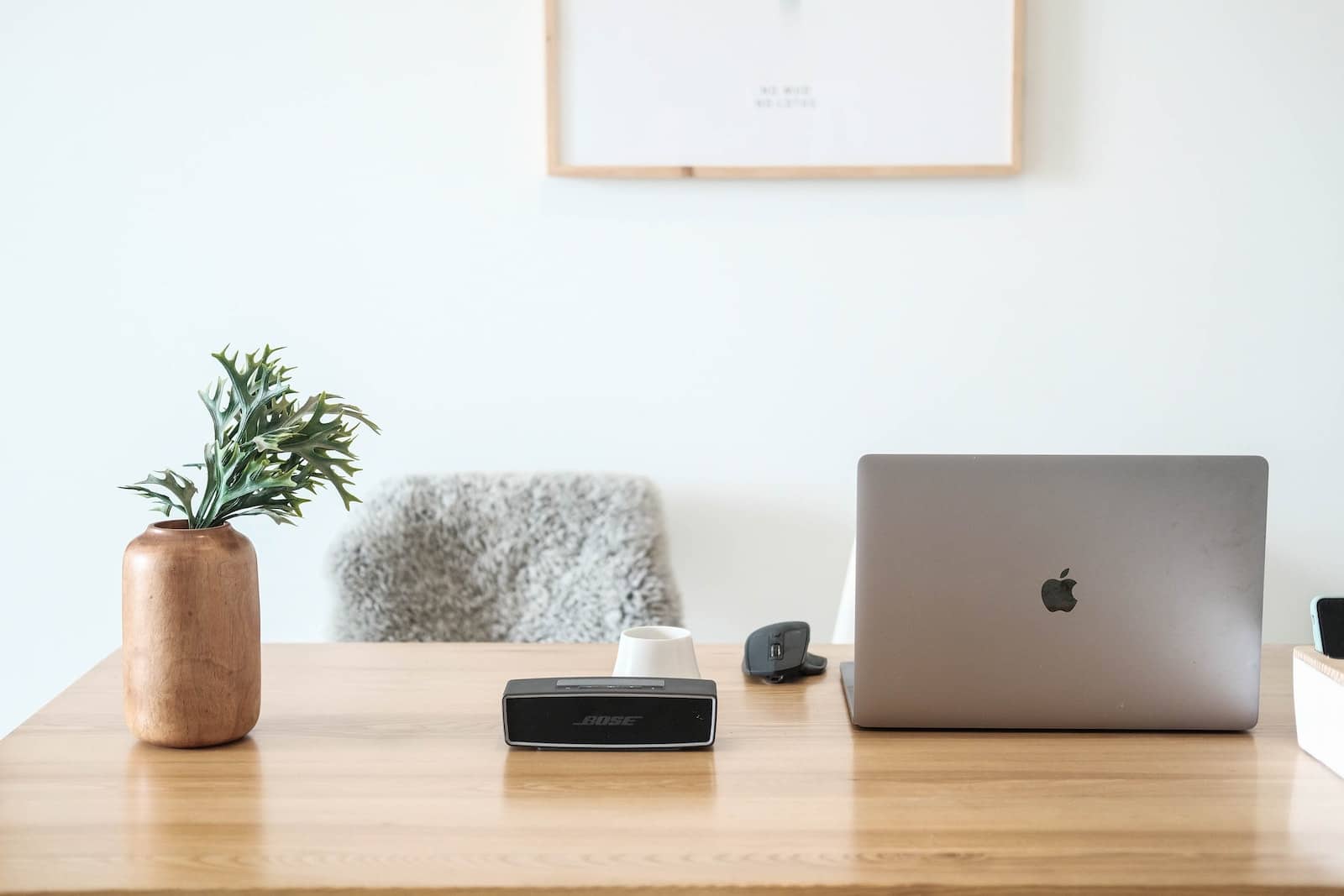We were scheduling our sends for 10 A.M.. We were sending targeted campaigns, had multiple automated email journeys on autopilot, and thought we had our email content calendar locked down for March.
Then the coronavirus came along—and everything changed.
As an email marketing geek at Campaign Monitor, one of the most common things people request of me are rules and benchmarks. Email marketers want to understand what works and where they stand in relation to other email senders.
While I’ve always been happy to share examples, the perennial advice has been this: do the best you can with the audience you’ve got.
As email marketers, it’s on each of us to experiment, make observations, ask for opinions, and see what works. By nurturing a connection with our customers via email, we get the benefit of understanding how they respond. And thus, wisdom.
In early March, the 10:00 a.m. send seemed like a wise choice. It was about the time that I’d finished my first coffee and was preparing to tackle the real work of the day.
Today, just a few weeks later, 10:00 a.m. is about the time I hit an energy slump after a marathon of Zoom calls. Of course our company has been immensely caring and supportive throughout this period, but we’ve all had changes to adapt to—and sadly, I can’t make strong coffee like our local barista did.
So, back to email marketing. What we send has changed. How much we send has changed. When we hit “send” has changed. What our subscribers are doing has changed.
And we decided to investigate precisely what these changes are so you can learn, grow, and adapt during this unique time.
How we examined the changes to the best send time
I recently hosted a webinar and office hours session (you can watch it here) and was asked by our attendees to share a by-the-numbers look at how COVID-19 continues to impact email marketing habits. I left that session and set off to get an answer.
To start, I selected a randomized and anonymized group of 166 Campaign Monitor customers who fit this criteria: 1) they had been regularly sending in the 30 days leading up to March 17, 2) their campaigns were sent to a mid-sized list, and 3) these customers continued to send during the 30 days after March 17. Data was normalized to the sender and recipient’s time zones.
March 17 was subjectively chosen, as it was when my home county (San Francisco, CA) declared its shelter in place order. Effectively, I had to draw a line in the sand. Other places had advised or enforced coronavirus-related practices in days and weeks surrounding this date.
How email sends and opens changed during COVID-19
Looking at these active senders during the 30 days before and after March 17, what did I learn?
First, email send volumes increased by 31% for these senders in the 30-day period after March 17 versus the 30 days previous.
As you know, there continues to be a lot of COVID-19 business changes and updates to share. While March is a seasonally high volume month for email—and email volumes were not as large as, say, those leading up to the Thanksgiving holiday sales in the US—there was a notable increase.
What did this do to open and click-through rates? Virtually nothing.
Despite increased send volumes, average open rates fell only slightly for these senders, from 31% to 30%. Click-through rates remained the same at 4%.
Changes in email sending by the hour
Now, if you’ve looked at your email campaign reports, you’ll know that email engagement usually maps to when sending occurs. We tend to send email campaigns at sensible times, and see most of our engagement occur in the first hour or so following the send. The reports almost always feature a dramatic spike, followed by a long tail.
Email sending and engagement has visibly changed where we’re seeing the dramatic spikes occur.
With email volumes, traditionally we’d see an early morning surge, followed by a 10:00 a.m. spike in sending. Now, these spikes have been replaced by a 9:00 a.m. spike, followed by a lunchtime spike, with more jumps until the end of the day:

This extended “daylight hours” engagement, followed by an evening slump, mirrors numerous studies into home internet usage. Previous to March, evening data download volumes were consistently higher than during daytime hours. According to this Statista study, this has now been turned on its head. Likewise, data usage during the workday (9:00 a.m. to 5:00 p.m.) has ballooned 34.4% based on data from OpenVault.
Takeaway: People are receiving more email during daylight hours—and they seem to still be engaging with it. What is also different is that they are engaging with it for longer.
Changes in email engagement by the hour
Prior to the shift to work (or um, wait) from home practices, people would check and open their email around 10:00 a.m., at lunchtime, around 2:00 p.m. during what I’ll call “coffee time,” and then in the evenings.
Now, we’re seeing a rush in the mornings, then an after-lunch engagement marathon that lasts until the end of the day. There’s a spike at 6:00 p.m., then engagement drops off until the following day.

Email marketers are now experiencing what I’ll coin as the “COVID camel humps.” I believe they reflect not just how our subscribers are currently responding to email content, but how we’re creating and sharing it.
Mid-mornings are likely when we’re deep into homeschooling, or recovering from a parade of early-morning virtual check-ins and standups—it’s before and after when we’re actually getting things done.
Takeaway: More than ever, think about your audience and what their days, lives, and environments look like when deciding on send time, content, and design. Our world is changing, and marketers and communicators must change alongside it.
Wrap up
Email continues to be the marketers’ channel of choice for connecting with their customers. What’s more is that, despite so many emails being sent, people are still engaging with them. All day, every day, in fact.
And knowing how to engage with your audience is key. We hope you can use this data to adjust your strategy. Maybe you’ll start sending in the 8:00 a.m. hour, when send volumes haven’t peaked, just before widespread subscribers are reading their email at 9:00 a.m. Or perhaps you’ll pivot your social posting strategy to fill in the gaps in inbox engagement between 10:00 a.m. and 1:00 p.m.
This data was selected from the early weeks of widespread disruption to our routines. Many of us are now multiple months into a health emergency with no definite end date. As I mentioned during our office hours webinar, all things will change—and we will continue to tell the story, as it reveals itself to us.
Finally, from my people to yours: Stay safe, stay at home, and look after each other. We can work together to get through this.
If you’re looking for more data or tips to inform your strategy, you might find these resources helpful:





